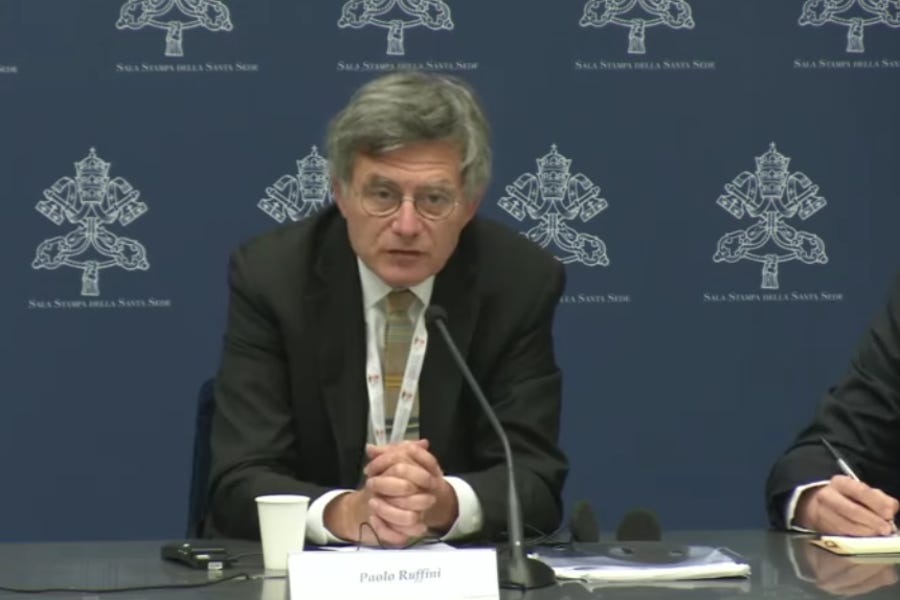Vatican communications prefect: Removing Rupnik art ‘not the Christian response’
“Removing, deleting, destroying art does not ever mean a good choice. This is not a Christian response.”
The prefect of the Vatican’s Dicastery for Communication told a group of Catholic journalists Friday that removing artwork by disgraced religious artist and alleged serial sexual abuser Fr. Marko Rupnik is “not the Christian response.”

